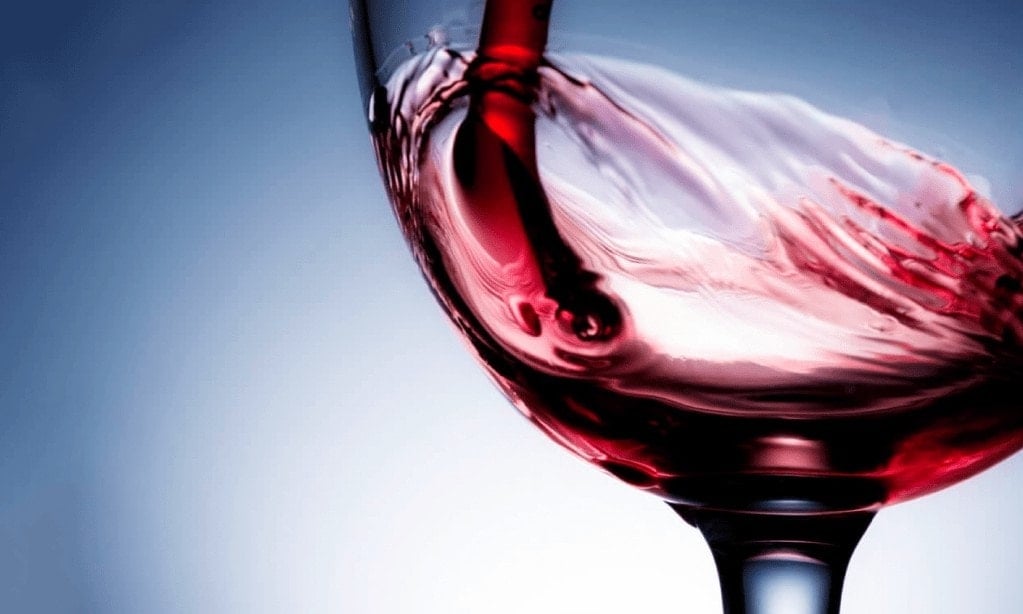Wine tasting is more than just sipping and swallowing. It is an art that involves several of our senses, patience, and skill that may take ages to become an expert in. Here’s a quick-step guide of how to taste wine like a pro:

Step 1: Inspect
How to Inspect White Wine
Before doing anything with your wine, first, you want to inspect the appearance. If it is white wine, what is the exact colour that you see? For easy observation, hold the glass over a white background, say a dinner plate or a white handkerchief. Is the wine almost clear white or does it have a golden tinge? If it appears lighter, then that is a sign of a younger age wine, cooler climate, or a specific grape variety. On the other hand, golden yellow indicates older age, warmer climate, aged in an oak barrel or a specific grape variety.
How to Inspect Red Wine
In the case of red wine, however, the wine ages by losing colour and becoming more translucent or pale garnet. If you can see through the wine over a white background, then that is a sign of older age wine. The red in wine is caused by the presence of a pigment known as the anthocyanin.
Step 2: Swirl
Step two is to gently swirl (not sipping) the wine in the glass. You may have noticed your wine savvy friends or favourite movie stars do this. But do you know why they do it? Swirling coats the inside of the wine glass with a layer of wine, increasing its evaporation rate and amplifying its complex aromas. All those scents that we know and appreciate in white and red wines are amplified when swirling. Think of this as turning up the volume to listen to your favourite song.
For a first-timer, it can be easier to swirl on a table-top, or a surface while holding the stem of the glass as though it were a pencil.
While swirling, pay close attention to the legs/tears on the glass. Legs are a result of a phenomenon called Marangoni effect caused by fluid surface tension. They are a sign of viscosity, which indicates the alcohol level and/or residual sugars. Therefore, the more legs, the more viscous the wine is and the higher the alcohol and/or sugar concentration.
Step 3: Smell
Deciphering the smell of wine is one of the most complex stages in the process. You must know your smells if you are to do this accurately.
Briefly, sniff once to “prime” the nose. Swirl then sniff once again. Longer and more delicately this time. Switch between sniffing and thinking, taking note of all the notes; anything spicy, fruity, or floral? You are more likely to notice two major notes; fruit smell and the flavours associated with it. For example, the white wine variety Sauvignon Blanc often smells like gooseberry or fresh-cut grass. Some other examples of primary aromas (aromas from grapes) that you are likely to notice in wine include black fruit, dried fruit, red fruit, tropical fruit, tree fruit, citrus fruit and finally, floral and herbal.
Take time to breathe in over your wine. Feel the complex aromas emanate from it. Take a moment to appreciate the finer things in life, like what you are holding. You can close your eyes here if you want to.
Pro tip: When smelling the wine, moving your nose to different positions around the glass ensures that you notice all the complex aromas; from the rich fruit aromas found on the lower lip to the floral aromas that can be smelled on the upper lip of the glass.
Step 4: Taste and Identify
After observing, swirling, and sniffing comes to the most important parts-tasting and identifying the wine. How do we properly taste and identify wine? Take a longer than normal sip, then, without swallowing, aspirate it a little to draw the air through the nasal cavity. This increases the aromatic perception of the wine. Squish it around the mouth. Remember, you want to cover every surface area of the mouth, hit every taste bud, and get as much textural impact as possible. So, take time to toss it around the mouth. Do not swallow. You may be tempted to, but do not. Spit it out like a pro.
Carefully isolate and pick out the traits that you can feel; how is it on the tip of your tongue; is it sweet? the palate, and the after-taste? Any noticeable acidity? Create a mental profile of all the flavours you notice in the wine. Anything vanilla, nutty or coffee-like? Take note and try matching the tasting notes with their categories. For example, vanilla notes indicate maturation in oak barrels.
Pro tip: You’ll notice acidity if the wine makes your mouth water.
Hopefully, the above steps help guide you in the interesting journey of becoming a master of wines.
Cheers!
